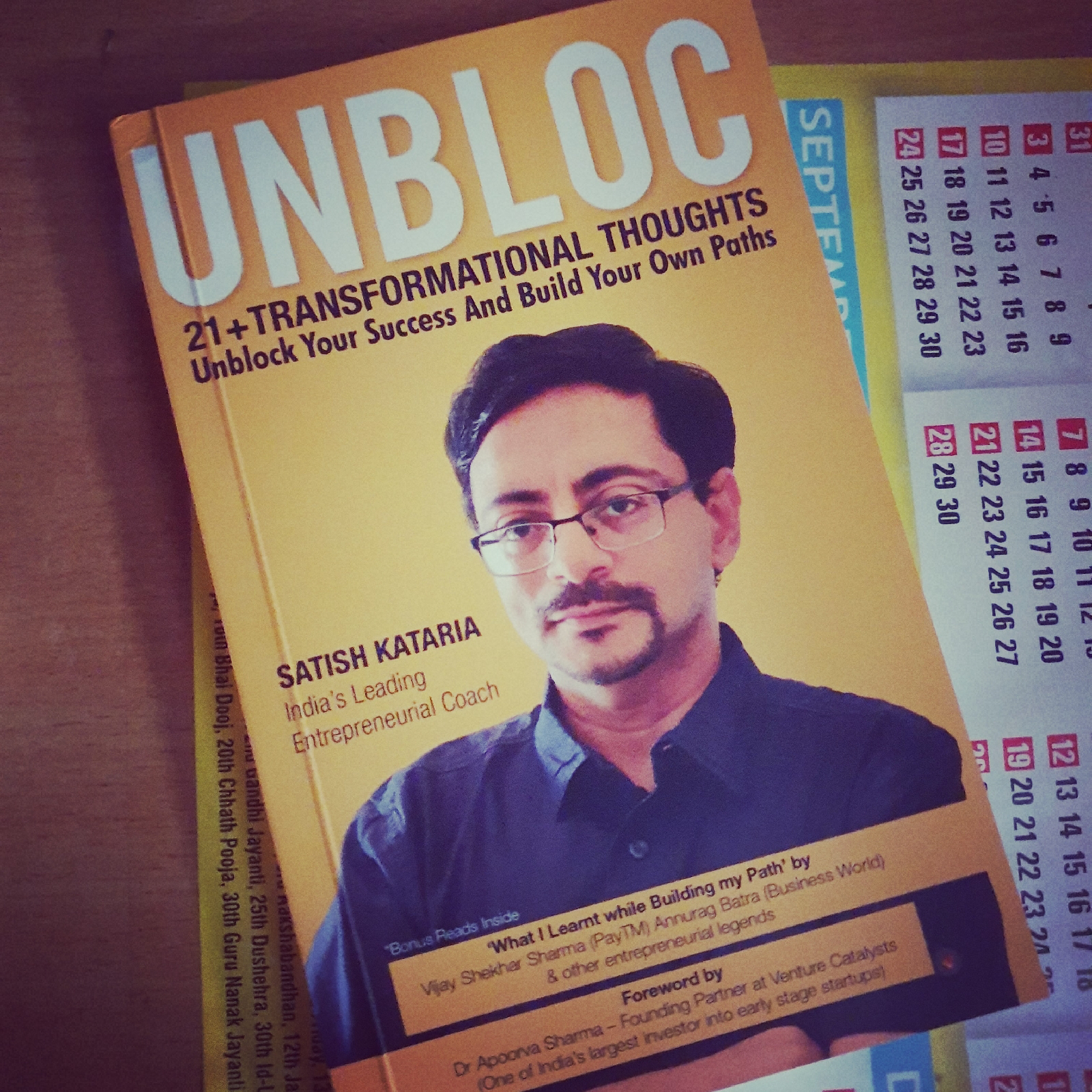
Generally, everyone is so caught up with life and challenges it brings and in the race to get better, to be faster than others, and to excel in their respective fields, everyone tends to appreciate the little things of life. As times have changed, and there has been a boom in technology which has revolutionized human lives, it has added fuel to the stress levels of people, and as a result their primary targets are the satisfaction of their material needs. In his book, “God, The Best Friend and Guide: A Monk’s Journey Into The Corporate World”, Jaydip Das talks about this fact, and it forms the base of the book.
The cover of the book clearly depicts a monk who looks at the sky scrappers which are symbolic of city life, and the corporate world. The title for a moment, may mislead the readers, and they may interpret the book to be about religion, and the religious aspect of God. But it is on reading that they realize the life changing book “God, The Best Friend and Guide” can be.
Through his first person account, the unnamed narrator (the author) recounts his life from his early school-days when his interest in the lives of mystics and spirituality developed. With a very strong and sharp memory, the narrator recalls every incident, person and every little episode that influenced and shaped his life which contributed in making him the person he is at present. He also recalls and tries to trace how the smallest events, meetings, and accidents mold his perspective of life from the beginning to the present day.
“God, The Best Friend and Guide” shows how God is present around everyone and can show His presence through any medium, whether it is living or non-living. Also, Das clearly conveys the message that it is hard work that actually pays off, and there is just no substitute of it. Throughout the book, the readers get to see how much hard work the narrator does. It may be one sided travel of 3 hours or putting his heart to studying, the narrator does not give up or back off anywhere. This is perhaps the most positive messages the book conveys and leaves a strong impact on the mind of the reader.
The narrative style used by the author is also commendable. He keeps Ganga as a representative of the present day humans who have lost their touch with spirituality and have lost themselves in the pursuit of satisfying their materialistic needs. Ganga as a person is inquisitive, attentive, and eager to hear and learn from the experience of the narrator.
Nowhere does the author suggest to renounce the world and become an ascetic or hermit as in the long run he does realize how important money is in the life of a person. But he suggests that a person should not forget to cater to the needs of the soul and try to see the beauty in little things and try to understand what the universe is trying to say. According to the author, there is a message in every little movement of the universe which happens around the person.
In “God, The Best Friend and Guide” the narrator comes across as a person who is industrious, eager to learn, loving towards his family, an obedient disciple of his Guru and at the same time always looking at the bright side of life. He does have his moments of sadness and negative feelings but that does not shake his faith in all his learning and his belief in the spiritual power. As a person, he comes out to be a strong man of character, integrity and high principles.
“God, The Best Friend and Guide” is an important read for the present generation of readers and even non readers. Some may categorise the book as motivational literature but that would be equal to doing injustice to the deeper and stronger messages the book conveys. At the same time, the book cannot be limited only to the readers belonging to the corporate world or the aspirants of it, but to all students who dream of a better life, and a good future. Due to the universal nature of the book, it is bound to be on the shelves of coming generations as spirituality is not something that can be restricted to any one generation, or it would lose it applicability in any time. The true essence of spirituality was shared by thinkers and mystics long ago as the author mentions and people of not just India but the western countries also are going back to the teachings of the same thinkers. If their teachings have been applicable generations, it is very certain that they would not lose applicability owing to the universal nature and unchanging psychology of human beings.





























